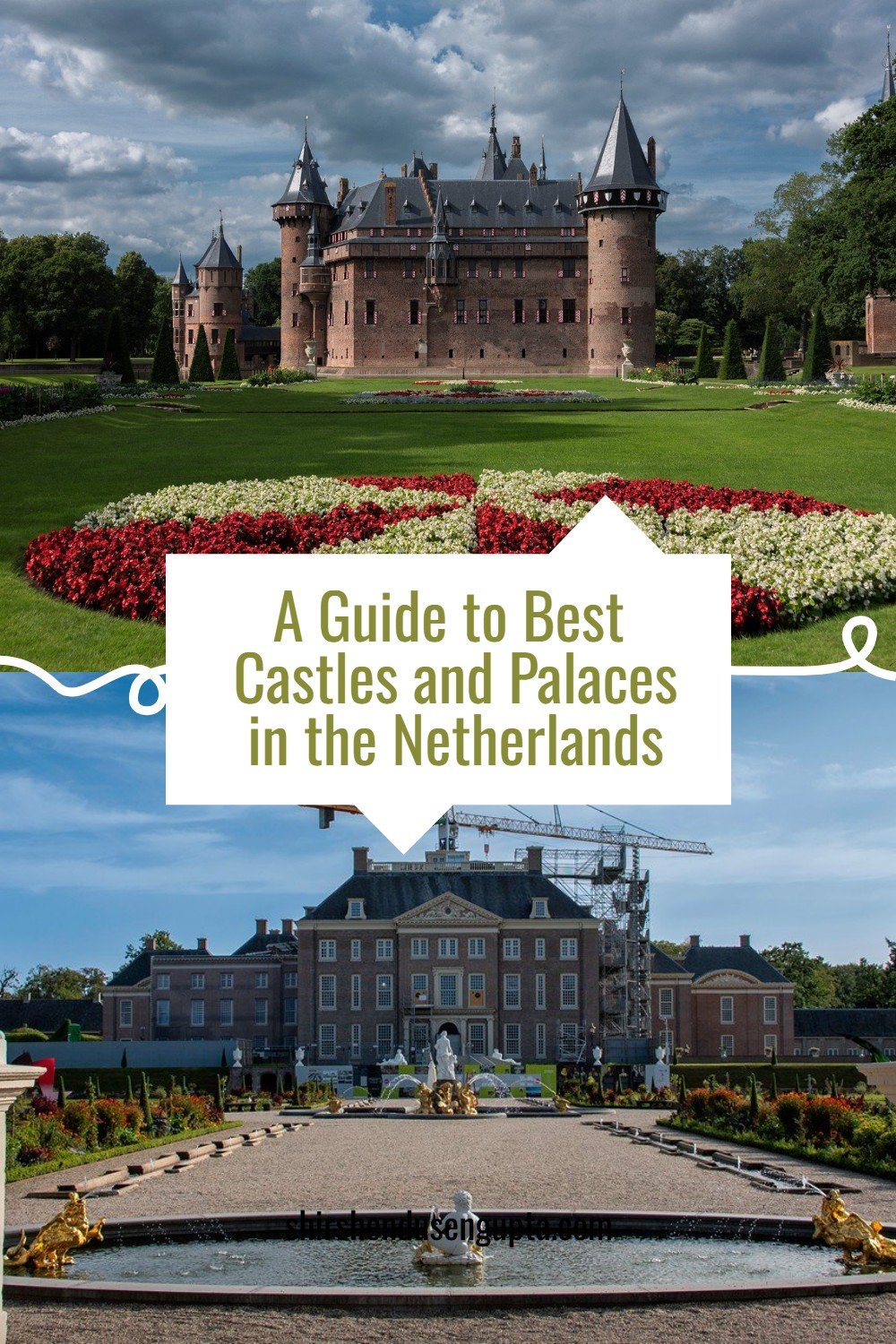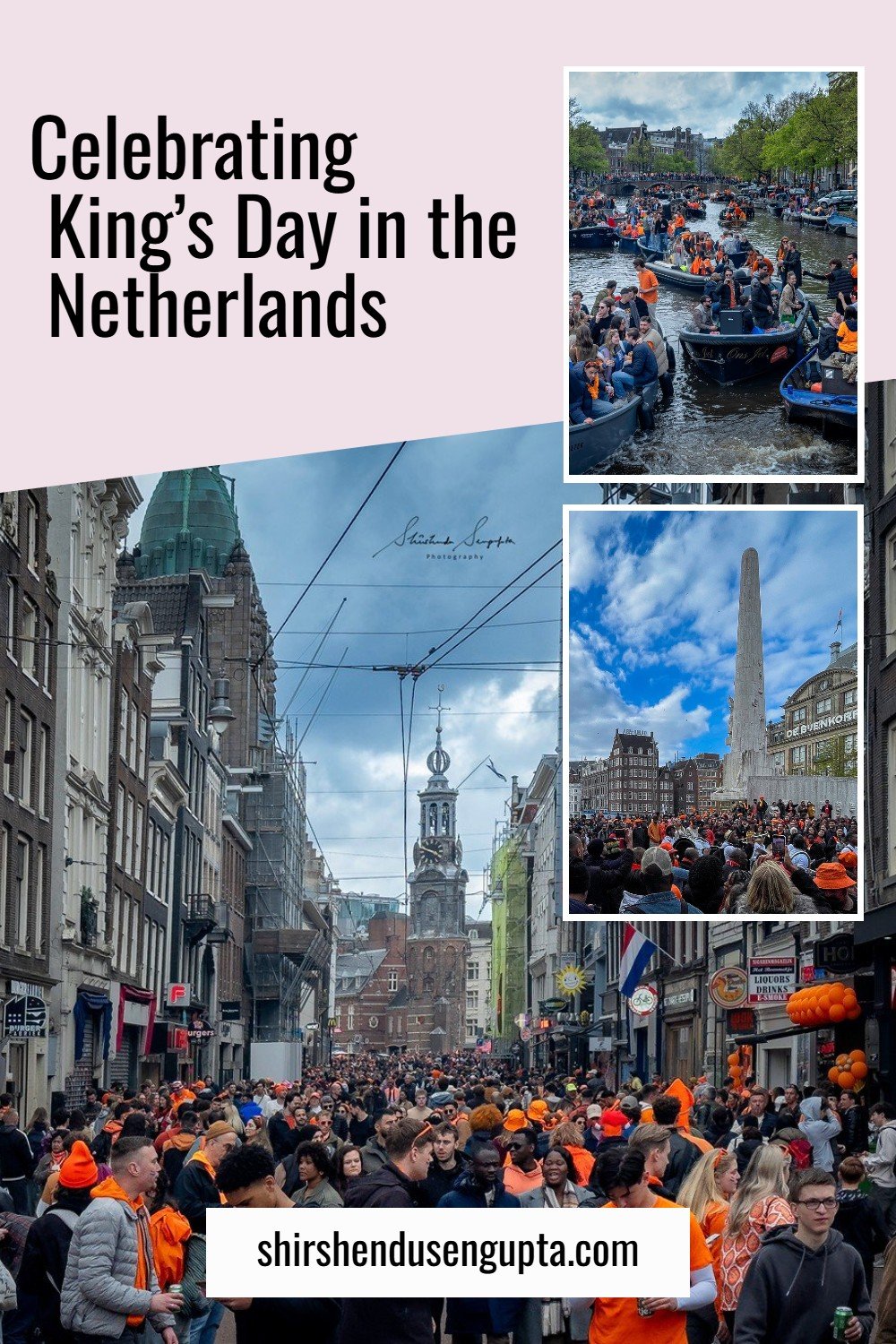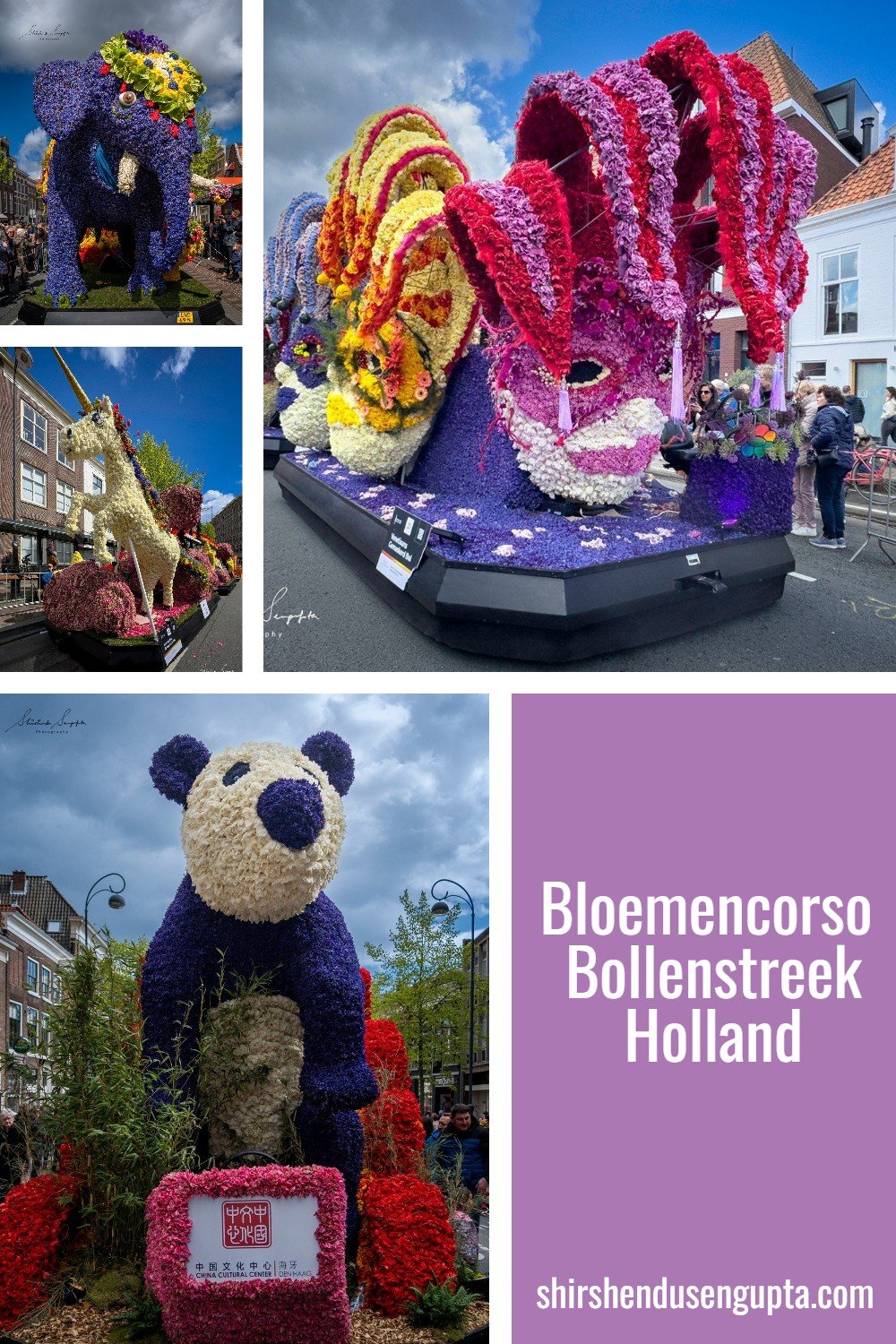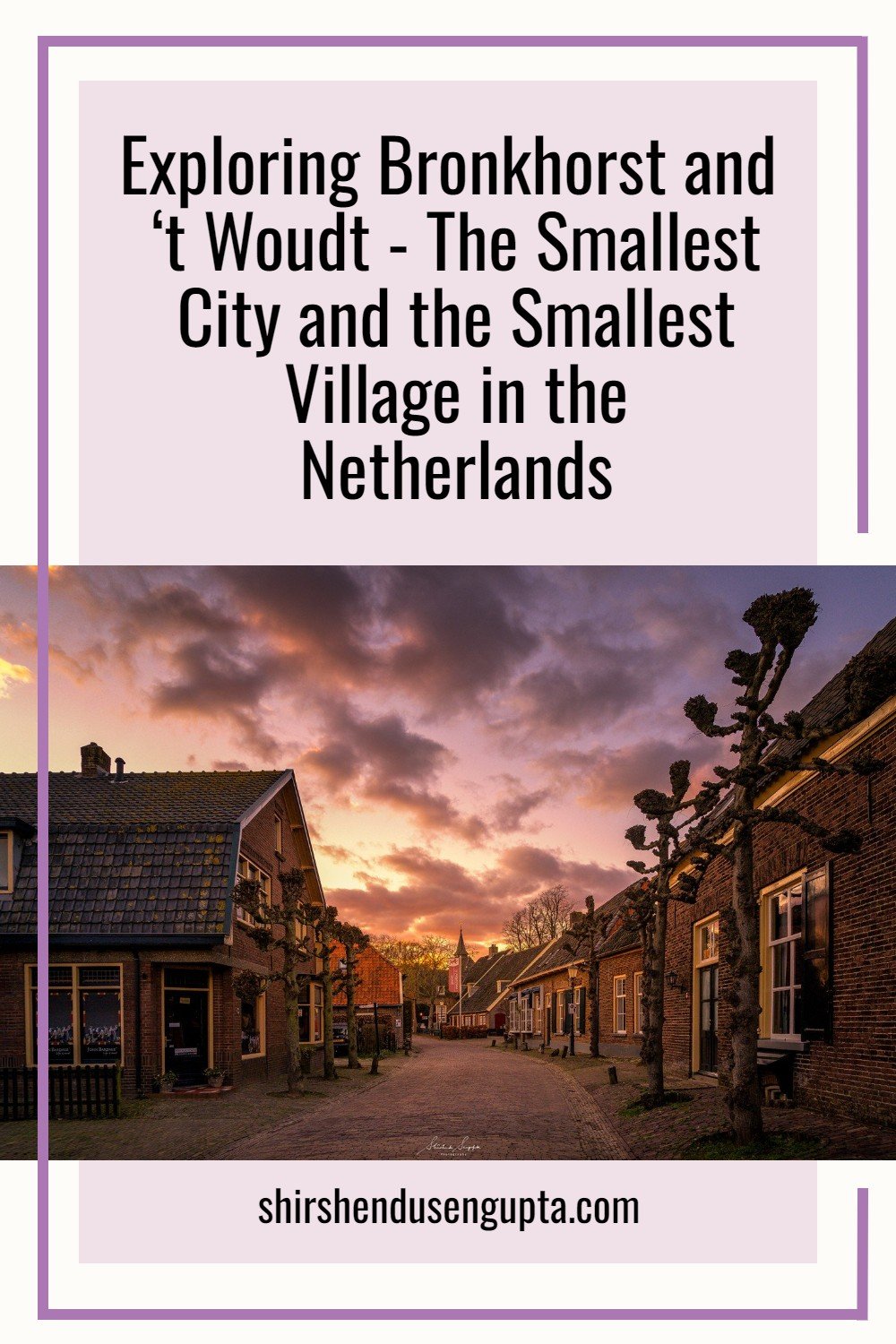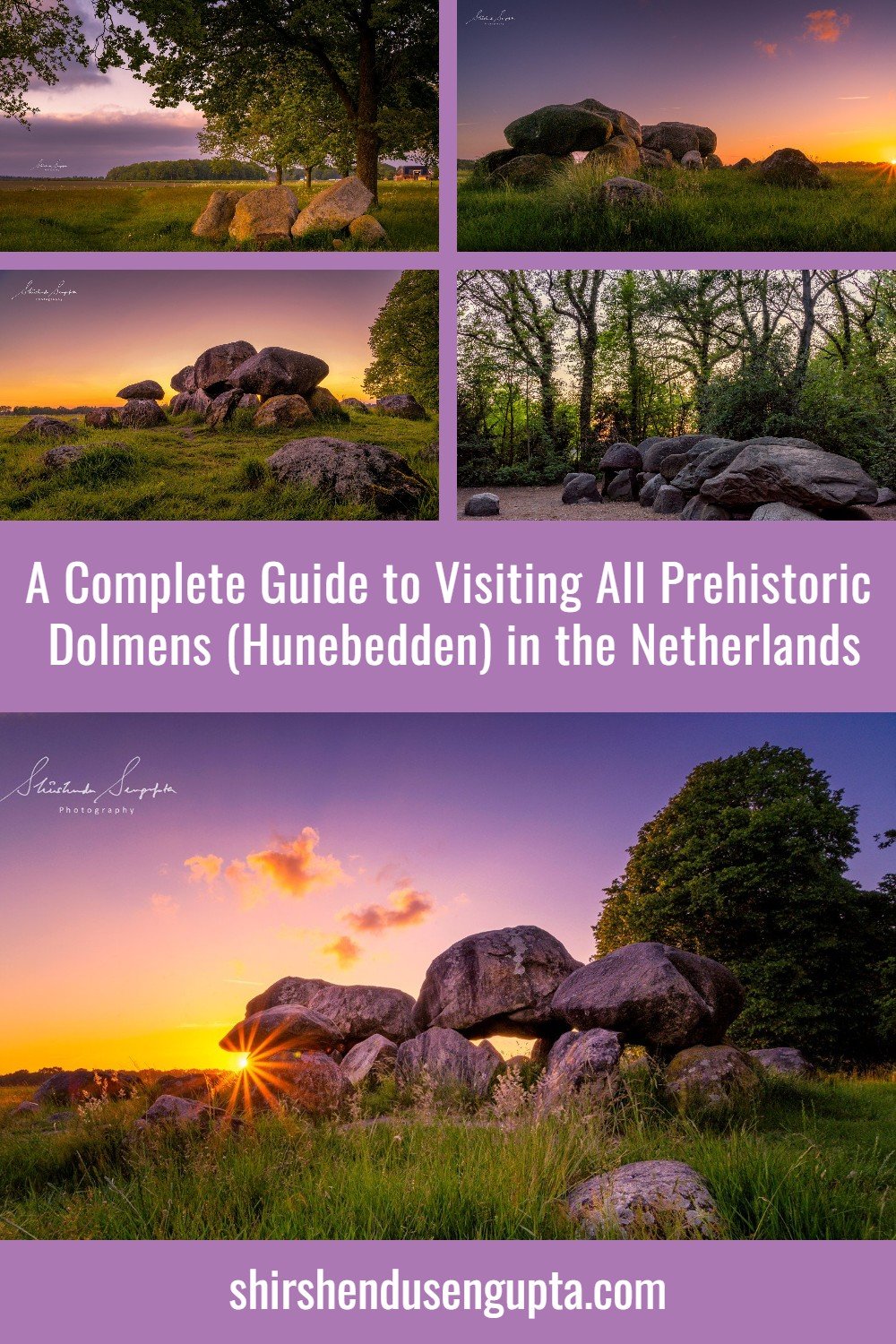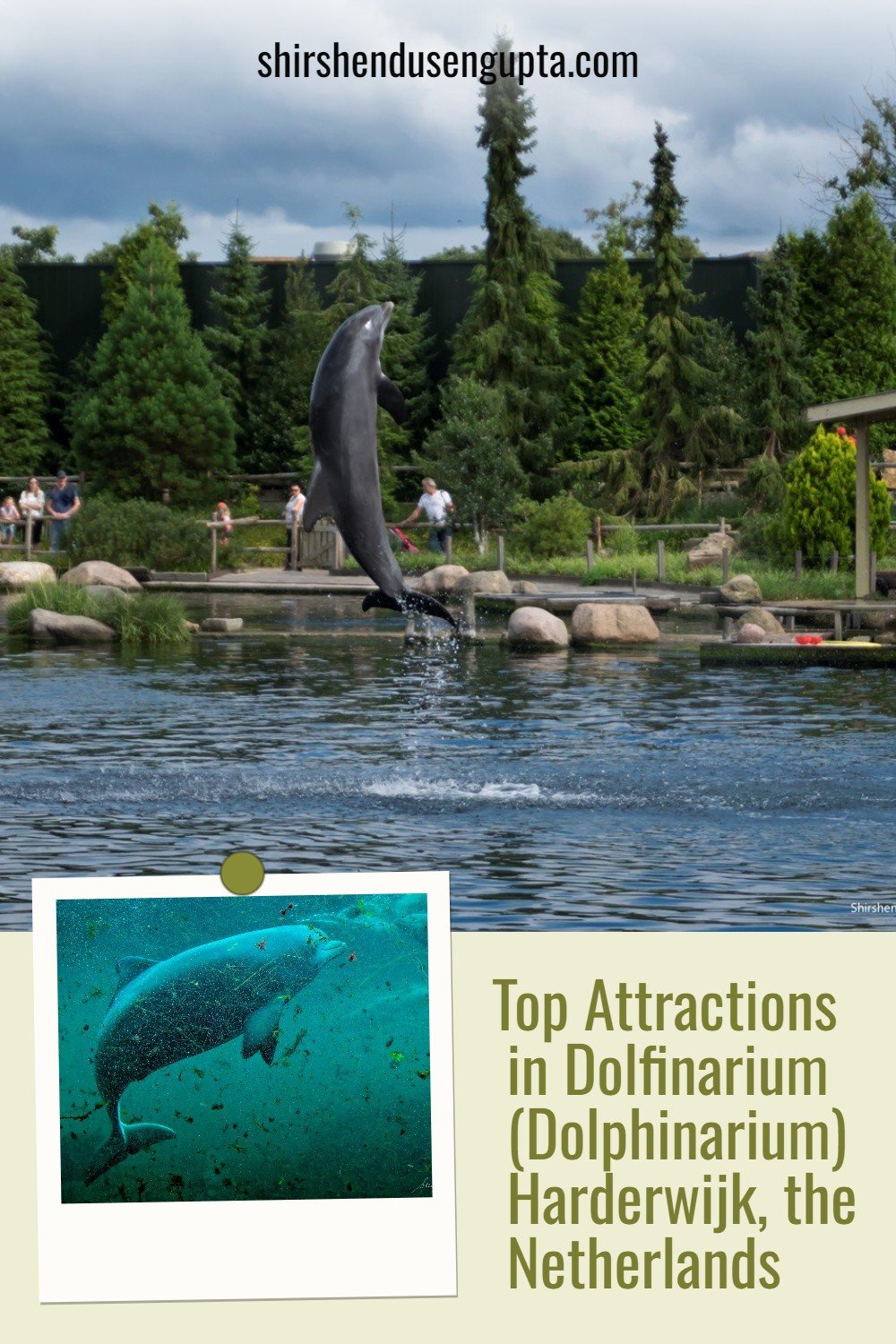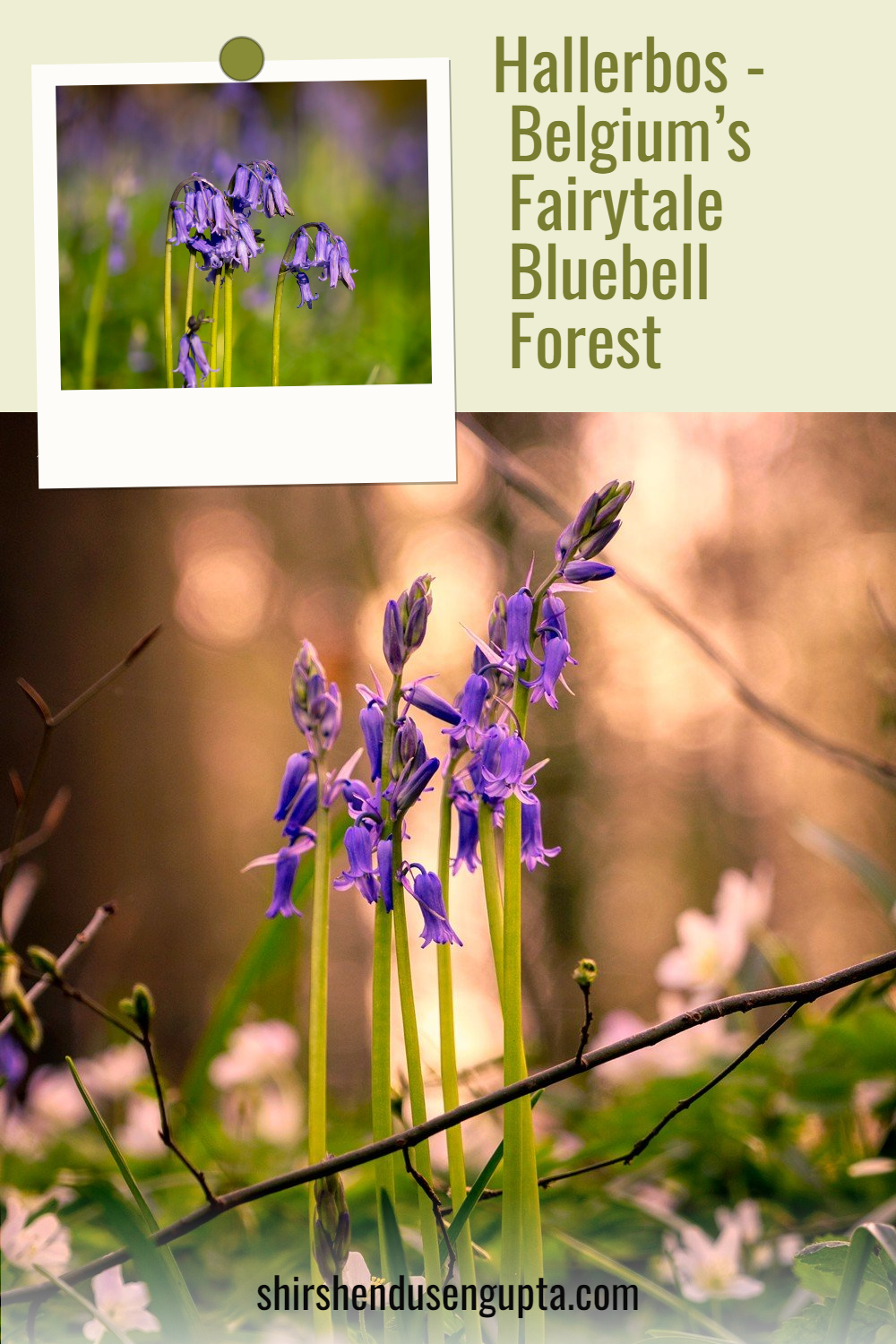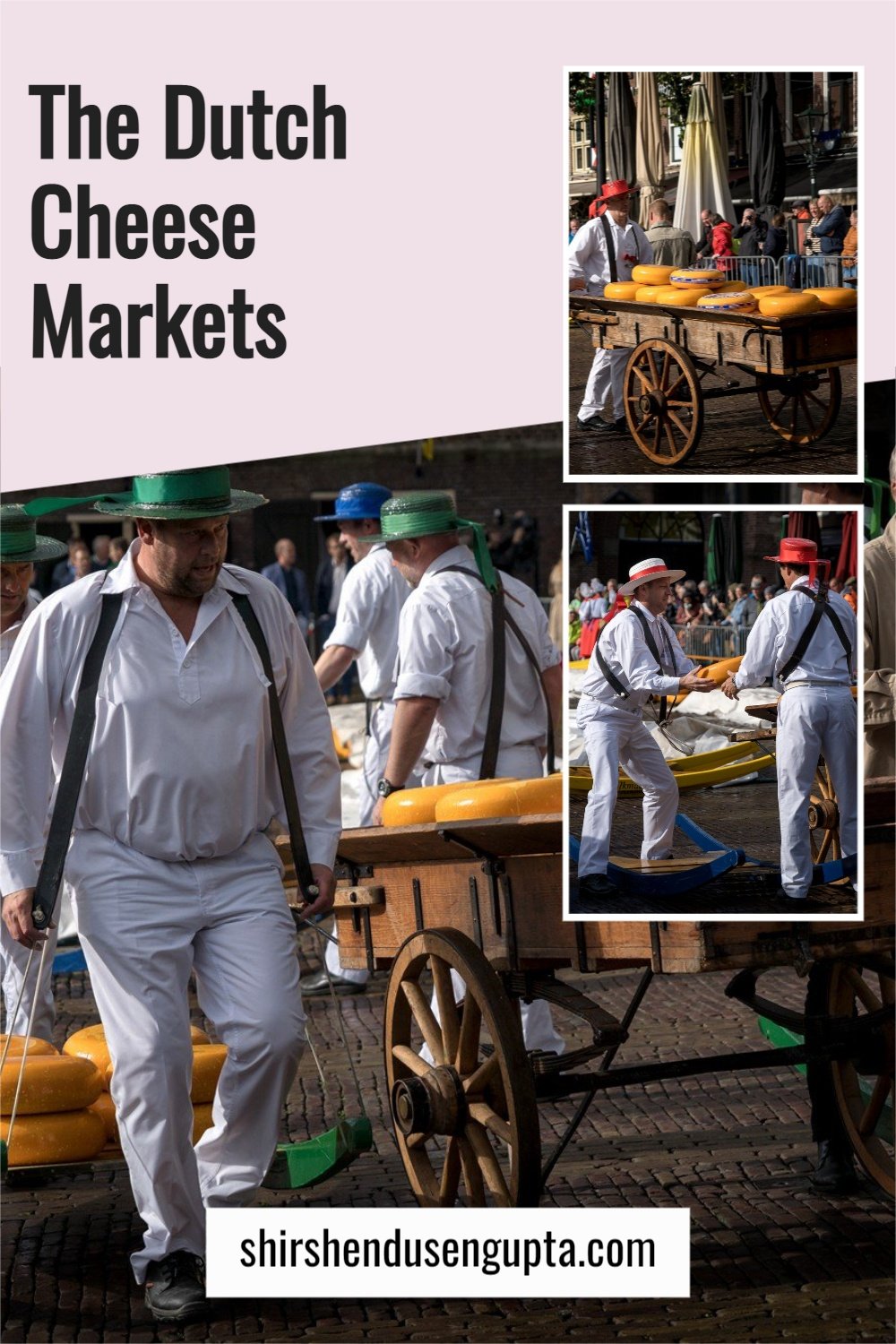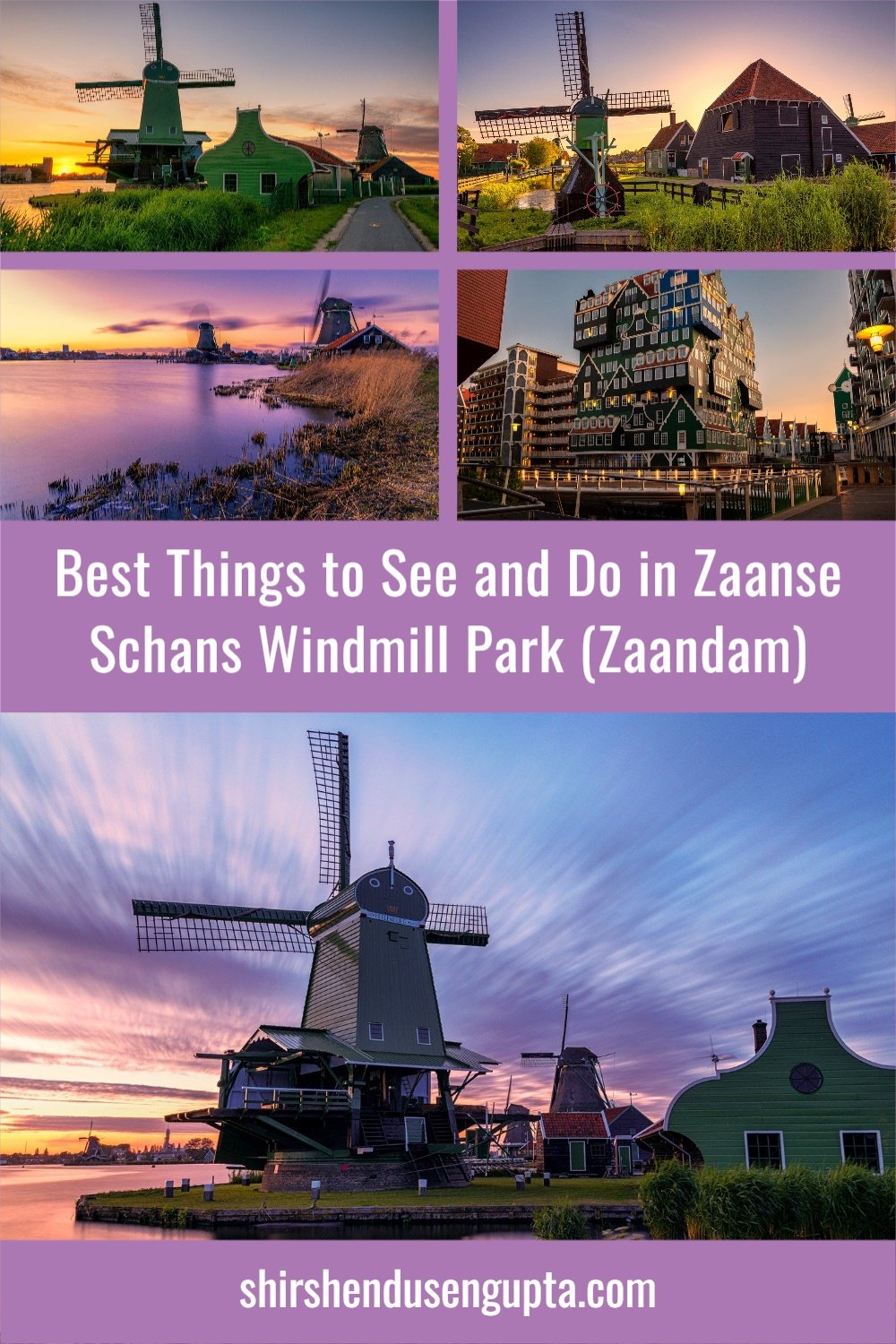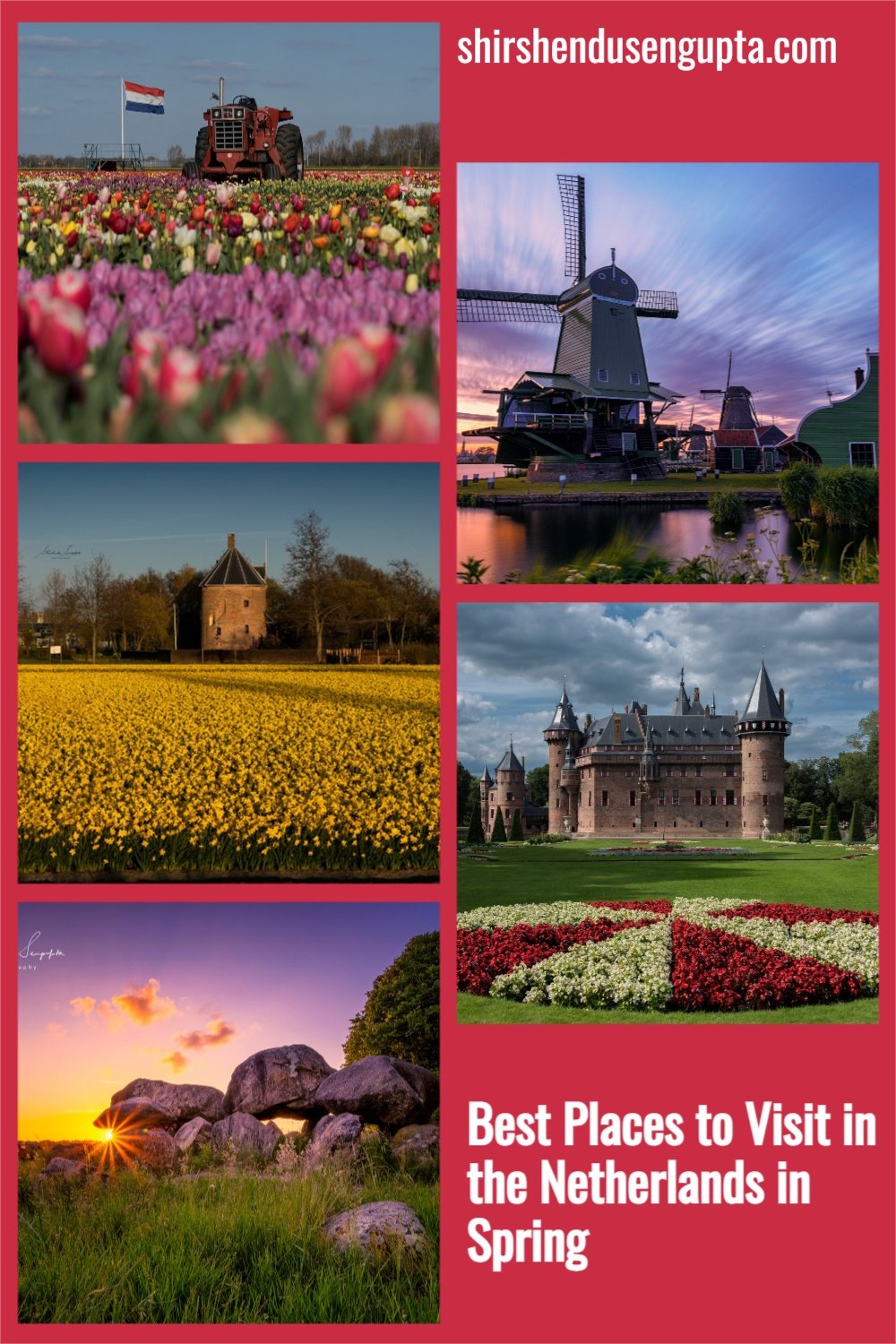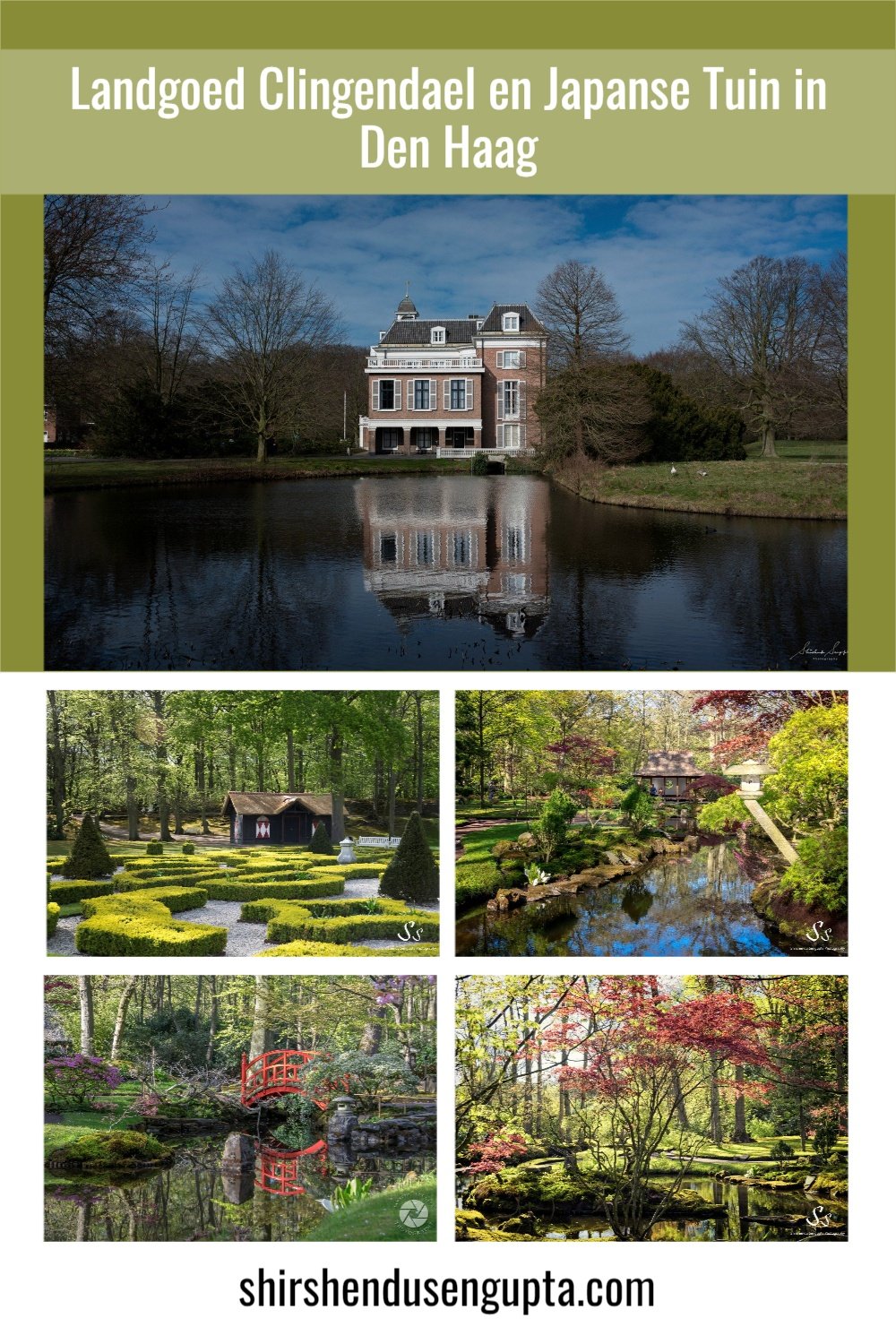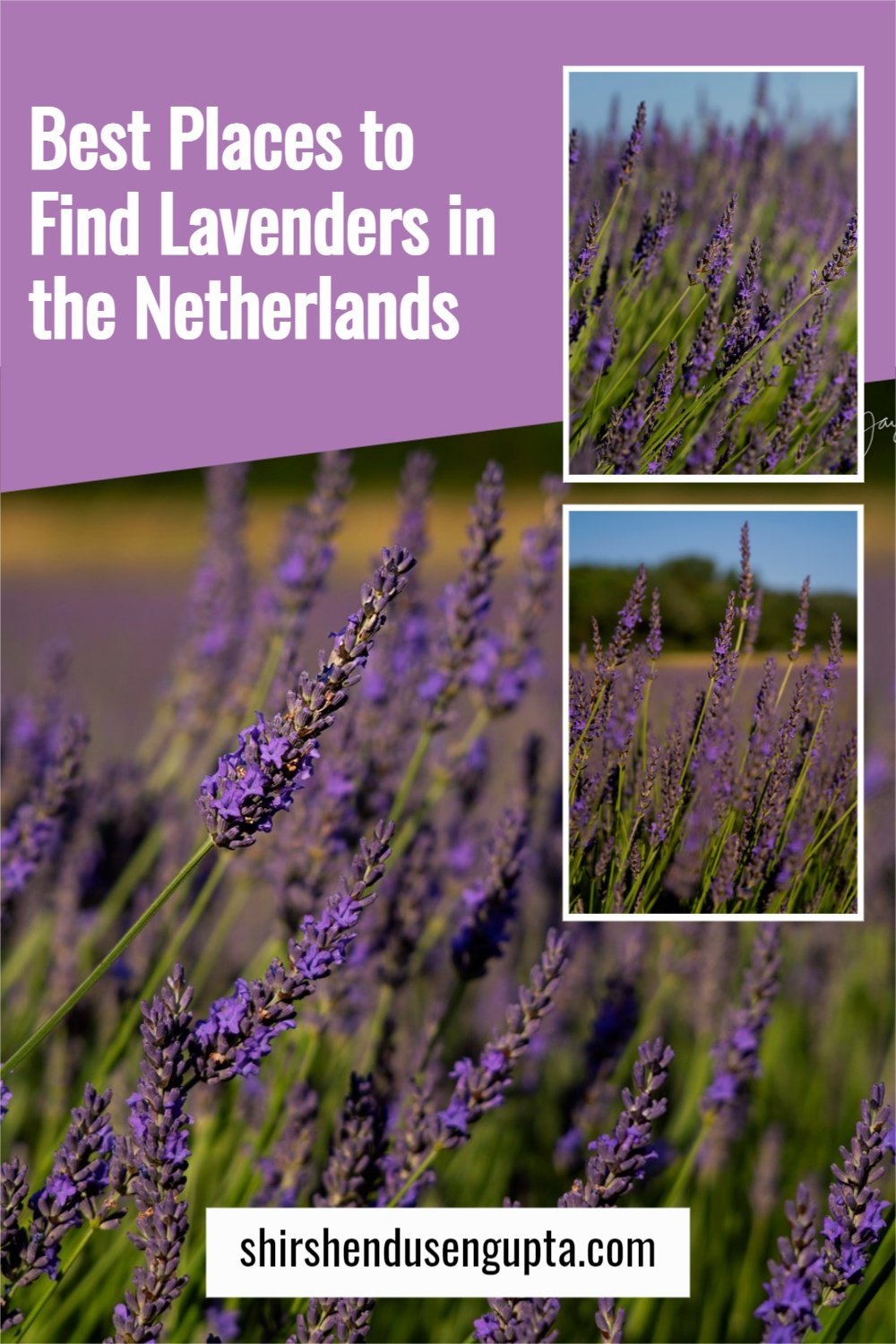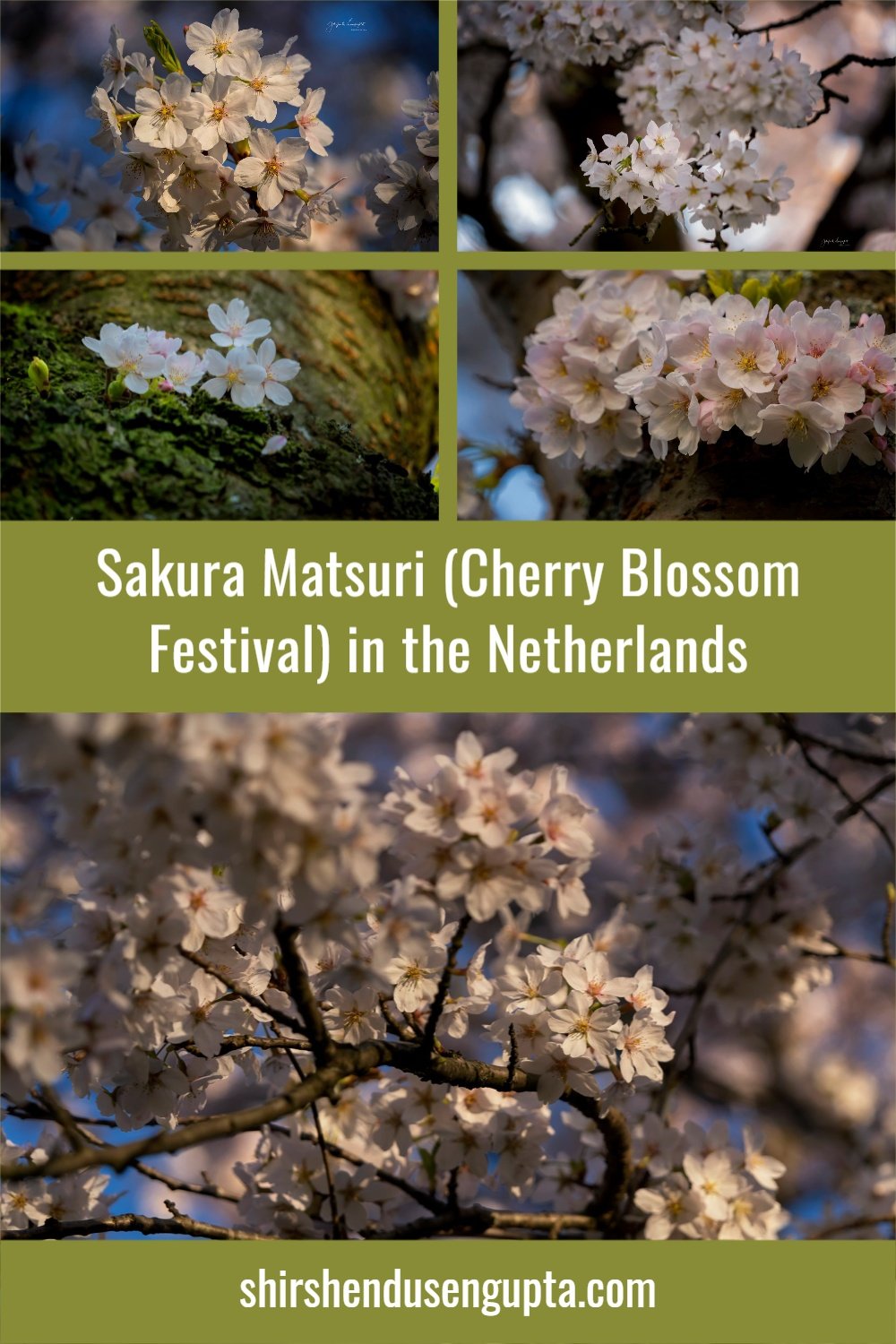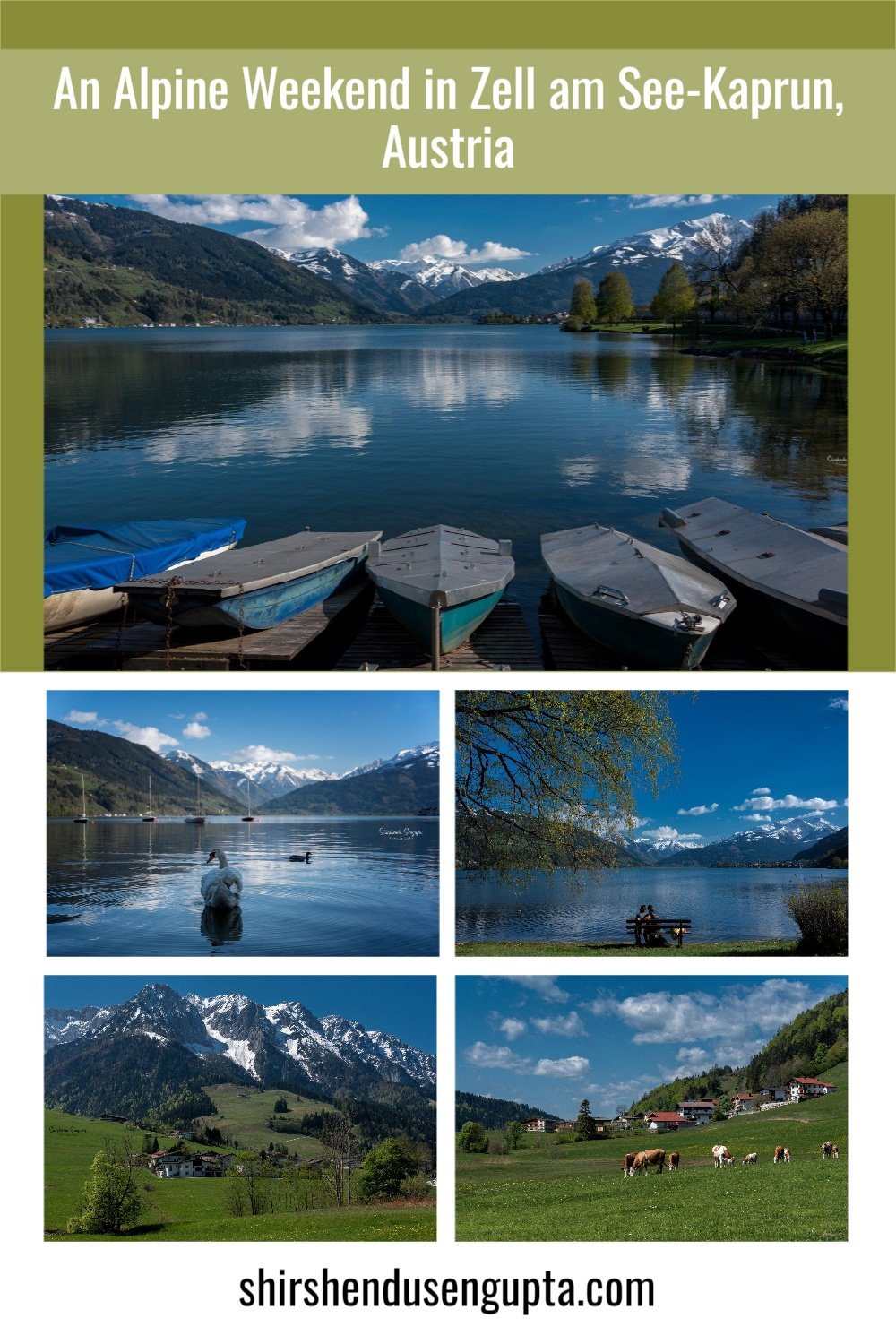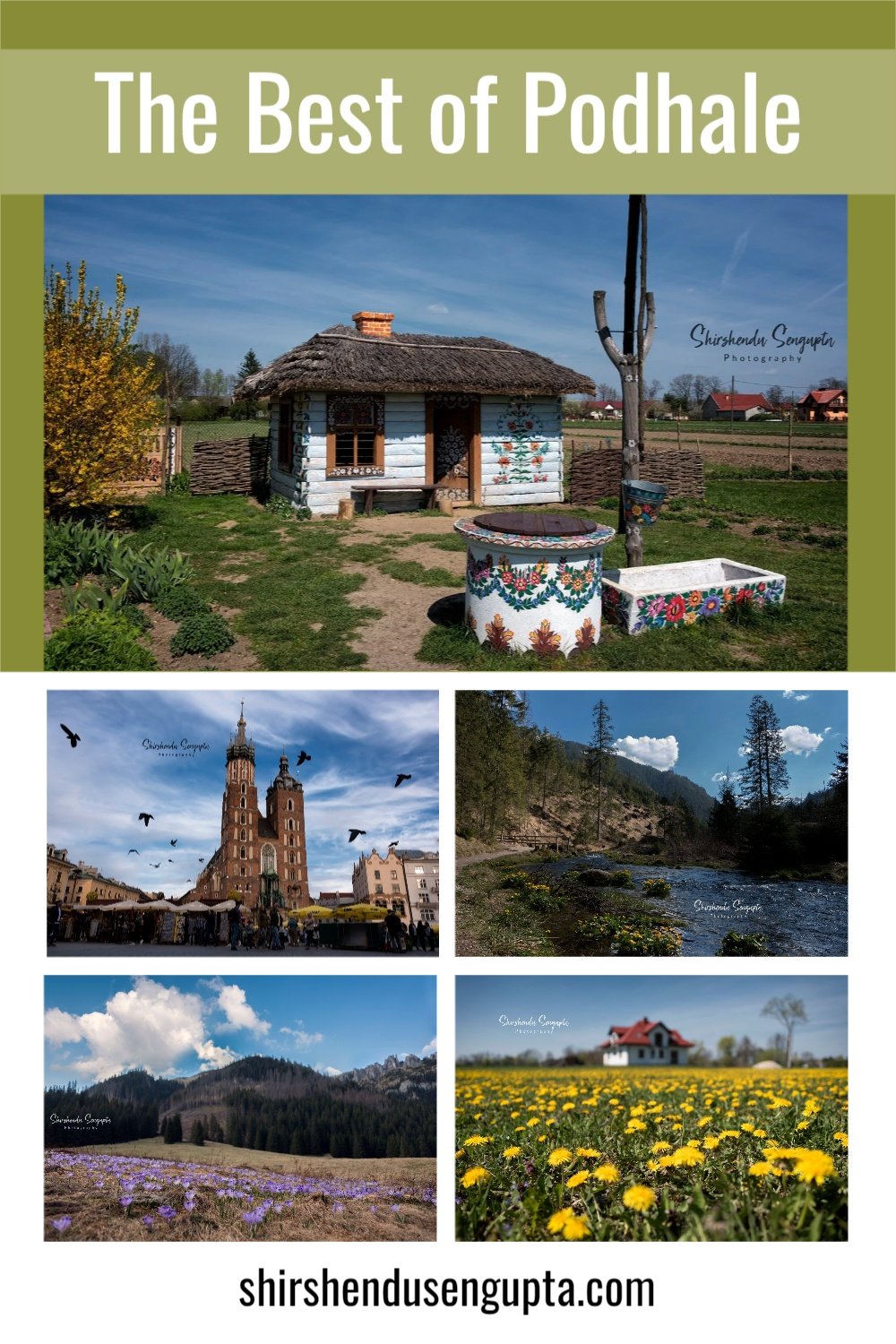Hallerbos | Belgium’s Fairytale Bluebell Forest | The Magical Blue Forest in Halle, Belgium
Welcome to Hallerbos - The Fairytale Bluebell Forest of Belgium
Around the world, the first spring blooms are breathtaking, from California's desert blooms to Japan's cherry blossoms. In Europe, one woodland appears particularly enchanting at this time of year - Hallerbos, the ‘Blue Forest’ of Belgium!
From late April through May, millions of bluebells blanket the Hallerbos, located in the municipality of Halle, 20 km south of Brussels. As far as the eye can see, a flowering carpet brushes up against the slender beech trees in the 1,360-acre forests' unearthly transformation. Visitors can meander the twisting roads while keeping an eye out for deer and rabbits that wander through the lush, emerald woodlands. Though bluebells are not uncommon in Europe, especially in its oldest woods, the Hallerbos is exceptional due to the quantity and quality of its bloom.
Hallerbos is primarily noted for its bluebells, but the forest also contains a variety of other plants and animals throughout the year, such as oak, ash, pine, beech, giant sequoia, and larch trees. also to animals including foxes, squirrels, and approximately 100 different kinds of birds.
What are Bluebells?
In semi-dense broadleaf forests, these tiny blue-purple blooms blossom in the shadow of the trees. Since there are so many of them, it appears as though the trees are floating in a sea of blue. The bluebells bloom for a brief period of time. The early plants are protected by the autumn leaves from the final frost, but as soon as the sun begins to warm things up, the flowers begin to grow and bloom. The Belgium bluebells shine brightly for as long as the sun illuminates the forest floor. However, the bluebells turn purple-gray and begin to wither once the oak and beech trees' buds develop into leaves.
You are strongly encouraged to keep on the walkways because bluebells are extremely delicate blooms. Even while it may be tempting to stand in the middle of the purple field for the ideal photo, doing so will prevent the flowers from blooming the next year. Even walking on the ground close to the flowers, but not on the blossoms, can stop the fresh seeds from germinating. Additionally, it will take the bulb five years to bloom once more if it is damaged.
A Brief History of Hallerbos
The forest has been handed from owner to owner like scouts around a campfire passing a hot potato to one another. Most likely the Abbey of St. Waltrudis in the seventh century was its first recorded owner. The forest was owned by the Lords of Brussels by the 13th century, and the Duke of Arenberg owned most of it by the 17th century. At that time, the forest covered more than 1125 hectares. That doubles the size of it now.
Following the French conquest in 1794, ownership changed three times: in 1815, after Napoleon was defeated, it went to the Netherlands; in 1831, it returned to the Arenberg family. Unfortunately, the German Army decided they owned it during World War One and went on to clear all the large trees, leaving the Hallerbos all but destroyed. However in 1929, the Hallerbos (then reduced to 569 hectares) was acquired by the Belgian State. From 1930 to 1950, it underwent a total reforestation, which accounts for its youthful appearance.
What is the Best Time to See the Bluebell Bloom at Hallerbos?
The blooming period, like that of many other flowers, is brief and sometimes erratic. They blossom for only two weeks a year! In general, the middle of April serves as a useful benchmark. The weather, though, has a significant influence. If it's still chilly in March, the bluebells may begin to bloom more at the end of April and the beginning of May.
What to do at Hallerbos?
Year-Round Walking/Hiking
There are three designated walking routes through the woodland throughout the year. The 4 km ‘Plateau’ walk is wheelchair-accessible and marked by black and white poles. Blue poles serve as markers along the 4 km-long ‘Sequoia’ walk. The 7 km ‘Roebuck’ walk is designated with yellow poles. A free walking map is available at the Halle tourism office, or you may download one from their website hallerbos.be/en/visitors-info/hiking-map.
Bluebell Walking Route
During the bluebell bloom, there are also 2 designated ‘Bluebell’ walks available. When we went, we parked our car at Parking P1 and walked towards Parking P8, where the bluebell tour began. While coming back we took a different path to P1. Along both ways, we found lots of bluebells. You can download the walking map from their website hallerbos.be/en/visitors-info/walks.
Do you need a permit to take pictures in Hallerbos?
You don't need a photography permit if you're only taking pictures for yourself to use on social media. But you must apply for a permit if you want to conduct a professional photo or video shoot. This is true for both model and non-model based photo assignments. For more details on obtaining a permit visit natuurlocaties.be/filmloket
Visiting Hallerbos
Address: Hallerbos, Hogebermweg, Halle, Belgium
GPS Coordinates: 50.7130° N, 4.2675° E
Parking: There are numerous spots to park for free close to the woodland if you plan to travel there bycar. Due to their size, parking spaces at numbers 1 and 11 are the most likely to be available during the peak bluebell season. The GPS coordinates mentioned above is that of parking lot 1 at Hallerbos where we parked. But please bear in mind that it can be very busy on a sunny spring day. So please plan accordingly.
Public Transport:
Weekdays: Take the train to Halle train station. From there, take bus #114 operated by TEC to the "Vlasmarkt" stop on the Nijvelsesteenweg. You can take a stroll from there to the Hallerbos' entrance.
Weekends: Take bus #156 operated by De Lijn to the "Lembeek Congo" stop. The Hallerbos entrance is 17 minutes walk away from there. Another alternative is to take the train to Halle, where you may rent a bike and then pedal the 5 km to the Hallerbos.
Best time in the day to visit: The best time in the day to visit is early in the morning when the sun rises through the trees, or at sunset.
Other Practical Information: There's one restaurant to the north of the forest, but there are no food and beverage stands inside the Hallerbos, so bring your own snacks and water. Additionally, there are no trash cans, so you'll have to keep your trash with you. Additionally, bear in mind that there are no restrooms at the Hallerbos, so make sure you use one before beginning your trek.
Epilogue
So that was all about Hallerbos, the famed bluebell forest of Belgium. Please let us know in the comments below if you enjoyed reading this article. And until we meet next time, I wish you merry traveling and happy shooting!
Pin the article
Bookmark the article for reading later!
Want to license/buy photos in the article?
License photos for commercial/editorial use or buy photo prints!
Want us to write an article for you?
Articles for magazines, newspapers, and websites!
Watch our Videos
Check out our videos on our Youtube Channel!
Join the Newsletter
Get updates on our latest articles!
We respect your privacy. Read our policy here.












